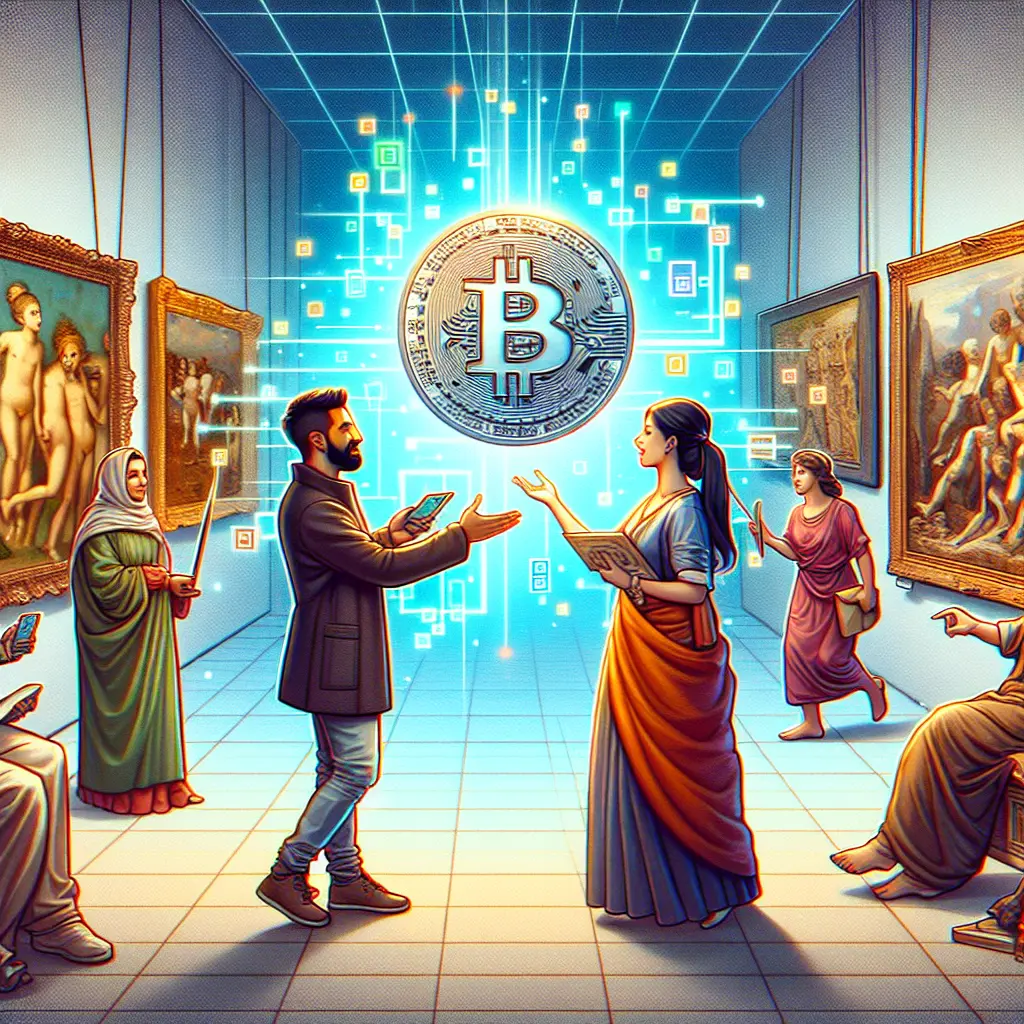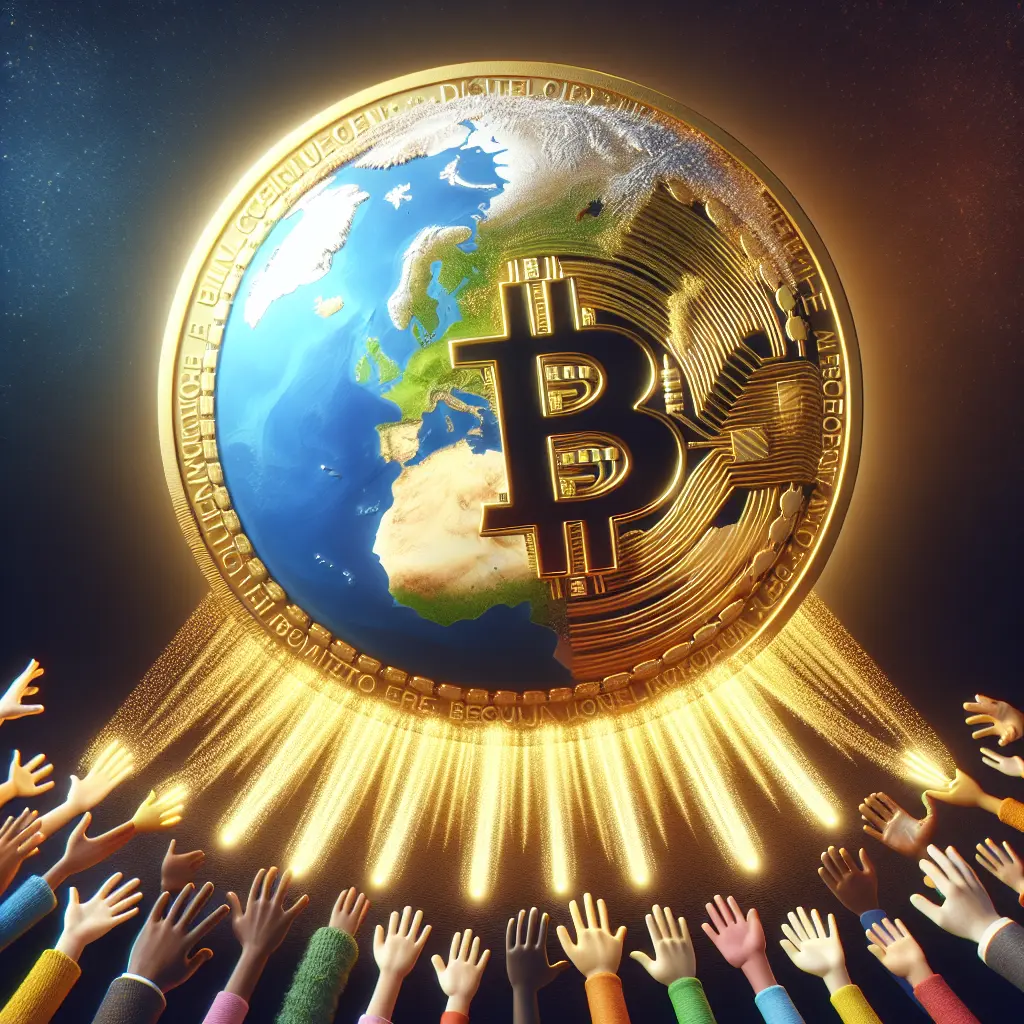Bitcoin has emerged as a transformative force in the global art market, marking a significant shift toward cryptocurrency art transactions and blockchain art sales. This evolution is not just a fleeting trend but a substantial revolution reshaping how art is bought, sold, and valued. The integration of Bitcoin into art market transactions has unlocked new dimensions for both traditional and digital art enthusiasts.
The convergence of digital art and Bitcoin is revolutionizing the art industry. This transformation is evident in the emergence of crypto art platforms, which have democratized art sales by allowing artists to reach global audiences without traditional intermediaries. Moreover, Bitcoin art payments facilitate faster and more secure transactions.
Blockchain technology plays a pivotal role in ensuring transparency and authenticity in art transactions. Each Bitcoin art transaction is recorded on a decentralized ledger, making it nearly impossible to counterfeit artworks or falsify provenance records.
Decentralized art markets offer unprecedented opportunities for investors and collectors by removing centralized control. They enable fractional ownership of artworks, allowing individuals to invest in high-value pieces without needing substantial capital.
Bitcoin art auctions have introduced a paradigm shift in how art is bought and sold, often taking place online with bidders using cryptocurrency. This method broadens the pool of potential buyers and introduces new dynamics into the auction process.
Driving Art Market Innovation
At the forefront of art market innovation are Bitcoin and NFTs. NFTs, unique digital assets verified using blockchain technology, have opened new avenues for artists to monetize their work. This innovation benefits digital artists who previously struggled to protect their creations from unauthorized reproductions.
Global trends indicate a growing acceptance of cryptocurrency within the art market. More galleries and auction houses are accepting Bitcoin as payment, reflecting a broader shift towards embracing digital currencies.
Cryptocurrency is breaking down barriers for digital artists by leveraging blockchain technology to secure intellectual property rights and ensure fair compensation. This disruption opens new revenue streams, enabling artists to reach audiences directly without relying on traditional gatekeepers.
Bitcoin art investment offers collectors new strategies for diversifying their portfolios. The decentralized nature of blockchain allows investors to accurately track the provenance of artworks, reducing risks associated with fraudulent transactions.
Challenges and Considerations
Despite its potential, integrating Bitcoin into the art market presents challenges. Market volatility remains a concern as fluctuations in Bitcoin's value can impact the perceived worth of crypto-based artworks.
As we move into 2024, Bitcoin's role in the global art market continues to evolve, setting new standards for artists and investors alike. By embracing cryptocurrency art transactions, the industry is not only redefining economic paradigms but also reshaping cultural narratives.
With each transaction, Bitcoin continues to challenge conventional boundaries, inviting us all to consider what might be possible when creativity meets cutting-edge technology.
We encourage you to share your thoughts and experiences on this evolving topic. How do you envision engaging with this intersection of art and cryptocurrency? Let's continue the conversation and explore the possibilities together.










Leave a Comment